How to apply patches under the eyes correctly?

Eye patches are actively used today by modern women of fashion. These universal products allow you to quickly get rid of puffiness and expression lines in the eye area and upper eyelid. Let's figure out how to properly apply patches under the eyes.
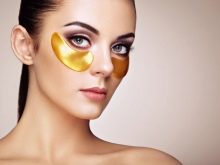


Appointment
The patch is a must-have cosmetic item in any fashionista's purse, thanks to the many benefits that make these products stand out from other skincare cosmetics.
So, patches in a short time allow:
- get rid of bruises or dark circles under the eyes;
- soothe and smooth the skin around the eyes, eliminate expression and age wrinkles;
- eliminate external signs of puffiness, which can be extremely useful in the morning;
- to give the skin around the eyes a natural shine and radiance.

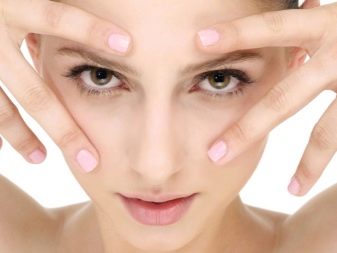
Instructions for using patches
To correctly apply patches under the eyes, you need to follow certain instructions - it is versatile and will work with any kind of patch.
- The first and most important step - cleaning and preparation of the face before the procedure. The skin near the eyes should be clean, without traces of old cosmetics or makeup, and absolutely dry.
- Prepare the necessary tools for applying the patch - these should be ordinary disinfected gloves that will not allow harmful microbes to enter the mucous membrane of the eyes, as well as tweezers or a special spatula - it is needed to remove curled eyelashes under the patch or slightly trim it around the eye.
- When choosing a side for gluing the mask you need to focus on the problem areas of your face - the part of the face that needs more care is always covered with the wider side of the patch. It is advised to put onlays with a standard "crescent" shape with the narrow side closer to the bridge of the nose.
- In case you want to apply a tissue or paper patch, first carefully remove the protective layer from the sticky side of the pad.
- Masks and pads should be applied with open eyes - when the eyes are closed, the muscles near the eyelids are weakened, which may cause the patch to change slightly.
- Before applying the patch, you should roll the sticky layer a little on the side that will stick near the eyeball. Thanks to this simple technique, you will not allow the sticky substance to get on the mucous membranes of the eyes and provoke irritation.
- For the most comfortable fit on the eyelid, it is advised to glue it in a slightly taut state - this will avoid air bubbles and grooves under the mask surface.
- The sticky side of the cover must be glued right on the lower lashes - in such a way that no more than 2 mm of free distance remains between its borders and the eyeball. The roots of the lower lashes should only slightly extend beyond the borders of the patch.
- In order for the patch to better adhere to the skin near the eye, you should just lie down for at least 3 minutes - this will allow the adhesive solution to be absorbed into the skin and adhere firmly to it.
- After a certain time, depending on the instructions for use of a particular patch it is removed from the eye using fingers or a scapula starting from the bridge of the nose to the temples.
- After you have peeled off the patch, the face does not need to be wiped or washed - The nutrient solution remaining near the eyes is driven into the skin with light movements. To fix the result, a moisturizing eye cream can be applied to the skin near the eyes (after complete drying).
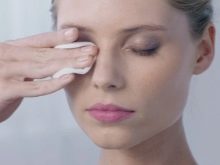

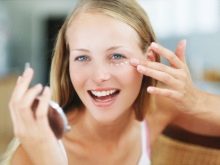
How long to wear?
Unfortunately, there is no exact timeframe for wearing eye patches - each product requires an individual approach and a special wearing time. For example, in order for some patches to have the desired result, 15 minutes will be enough, but to fix others it will take at least half an hour.
Eye pads and masks can in theory be used every day. Usually girls use them in 3 cases:
- in the morning to get rid of bags under the eyes and reduce puffiness;
- in the evening, to give the eyes a break from the working day - the pad has a toning and soothing effect on the skin around the eyes;
- patches are often used before an important event to smooth out wrinkles or refresh the face.
For some beneficial elements to be well absorbed into the skin and have their effect, it may take at least 20 minutes (for example, gold onlays), and therefore always pay attention to the instructions in the instructions for use of the model.
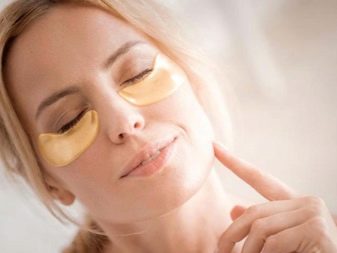
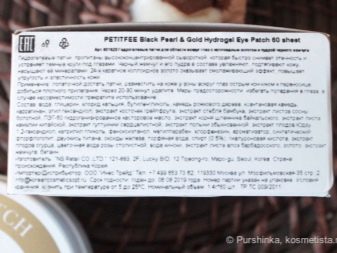
How to apply correctly when extending eyelashes?
In general, the process of applying patches to the eyes during eyelash extension is not much different from the procedures that are carried out with the usual gluing of this product. It should only be said that for eyelash extensions, cosmetologists advise buying special patches - just for this procedure.
- Skin near eyes and eyebrows as much as possible cleaned of cosmetics and washed. The patch can only be attached after the skin is completely dry.
- During the procedure, the eyes must remain as open as possible - it is best if they are brought up, but this is not possible with self-gluing of the overlays. The lower and upper rows of eyelashes are separated from each other using a special comb, which is sometimes sold with a patch.
- The patch is applied with a narrow edge to the skin near the eyes starting from the nose, then the middle is glued, only after that - the outer corner. As mentioned earlier, all lower eyelashes must be positioned under the mask in such a way that no more than 2 free millimeters are kept between its edge and the eyeball.
- With light movements, the patch is straightened and smoothed starting from the outer corner to the nose, then the eyes should be closed and the entire length of the patch secured. Make sure that the surface of the onlay is even - without wrinkles, grooves, creases and bubbles. If you notice that the edge of the patch is in contact with the mucous membrane of the eye, the lower part of the patch is gently detached from the skin, then the product gently descends with a smooth movement.
- Check immediately after the sticker did all the lower lashes get under the patch? - Do not allow the upper eyelashes to stick together with the lower. All lower eyelashes that have gone beyond the boundaries of the patch are pushed inward with a spatula or tweezers - you should act carefully so as not to damage the eyeball.
- You need to be especially careful with silicone patches - they can have special grooves in which eyelashes usually fit. In the presence of such grooves, the onlay becomes much easier to make.

Contraindications to use
The patches are designed to rejuvenate and restore the skin around the eyes, however, even their use may be contraindicated or limited in some situations.
- Eye problems. The patches are not recommended for people with vision problems - especially for consumers with acute conjunctivitis. The fact is that many of the linings contain elements that can aggravate the condition of the mucous membrane of the eye during such diseases.
- Wounds. People with open wounds on the skin around the eyes or in the upper eyelid should be discouraged from using patches. If the adhesive enters an open wound, inflammation and irritation are guaranteed, which can lead to discomfort. Doctors advise to wait until the wounds are completely healed before using the patches.
- Couperose. Since pads and masks significantly improve blood flow, such procedures are contraindicated for people with rosacea, a disease that initially involves the presence of a vascular mesh around the eyes. The fact is that after such a procedure, the vessels under the eyes will become even more noticeable, and this effect may not subside throughout the day.

The most common problem, however, is precisely allergy. Most of the patches have more than 15 different components in their composition, to which the skin of different people can react differently.
That is why allergy sufferers are advised to test the pads on the skin, for example, on the hands, before use - keep in mind that a certain allergy may appear only two days after applying the patch.
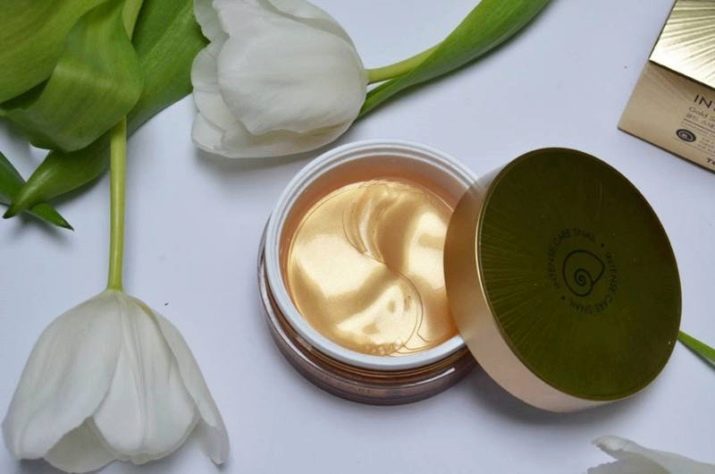
Recommendations of cosmetologists
To make the process of using patches as convenient and beneficial for the skin around the eyes as possible, cosmetologists advise you to listen to a number of tips.
- Pay attention to the composition of the patch at the time of purchase - it is best to focus on options for such products with a minimum amount of ingredients. The more there are, the higher the chance that you will be allergic to some of them.

- Exclude from the list of possible products to buy those models that guarantee an instant effect. As a rule, this is a common marketing ploy that has no foundation.
In addition, to eliminate some problems with the skin near the eyes, you need to contact a plastic surgeon immediately - you cannot solve them with patches.
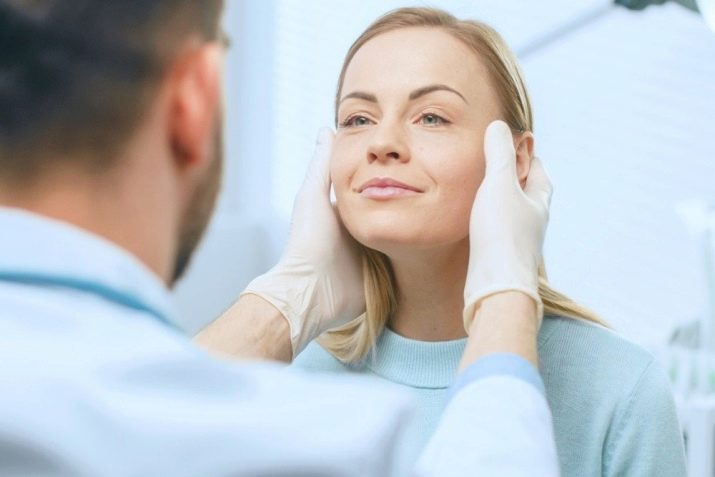
- Do not leave the patch in front of your eyes throughout the night. - the effect of the product will be most effective within the first 15-20 minutes after you stick it.
In addition, microbes can spread in the wet structure of the adhesive layer, which can negatively affect the condition of the skin.
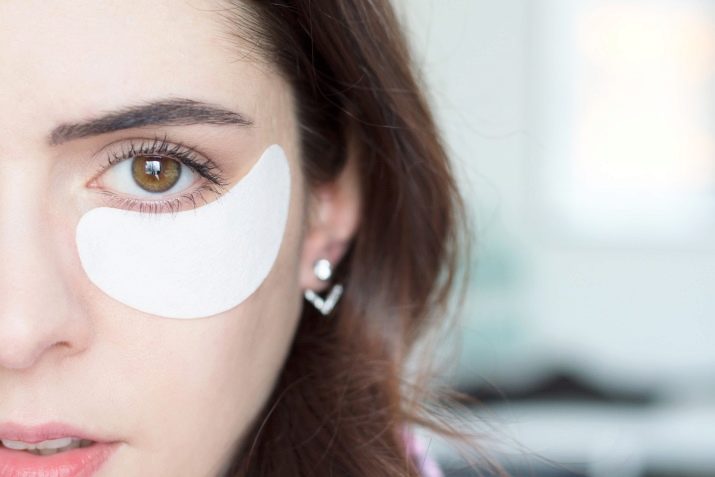
- Patches can only be applied to clean skin - Before using these products, be sure to remove all makeup around the eyelids and under the eyes.
This is especially true of persistent types of cosmetics, which many fashionistas may simply be too lazy to wash off.
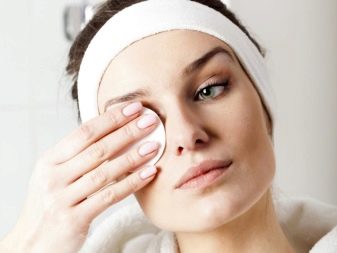
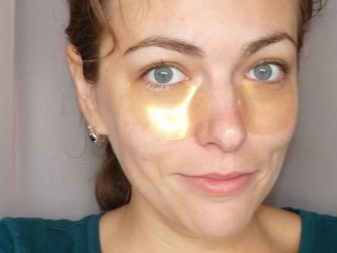
- Despite the assurances of the manufacturers that the patches can be used at least every day, experts advise to wear them on the skin near the eyes no more than 2 times a week... According to cosmetologists, frequent use of masks and pads (especially low-quality ones) will only harm your skin.
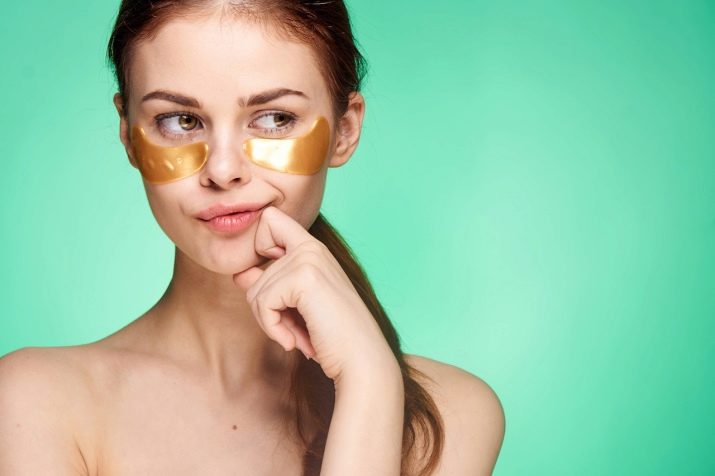
- There is an opinion that patches can be used several times, however, this only applies to reusable models - check this point during the purchase of the product.
Despite this, even reusable patches must be treated with an antibacterial solution or placed in a serum before use.
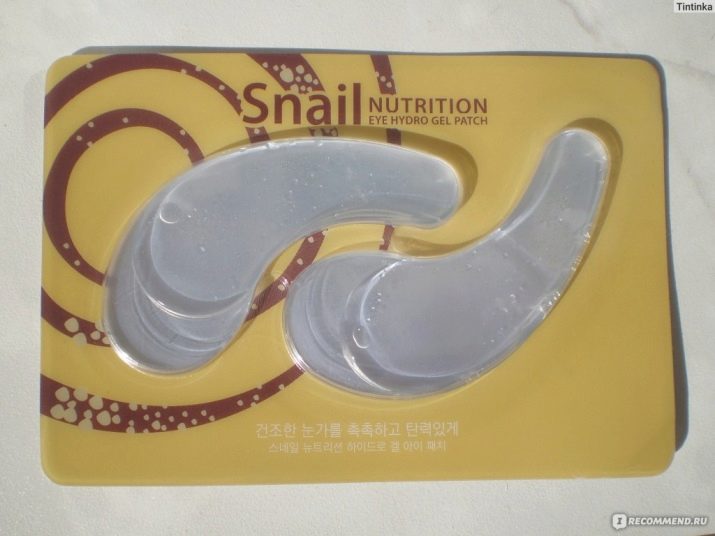
- Some experts advise for a more noticeable effect put the patch jars in the refrigerator the day before use. The fact is that a low temperature will stimulate blood circulation near the eyes, and this will already lead to a decrease in eye puffiness.
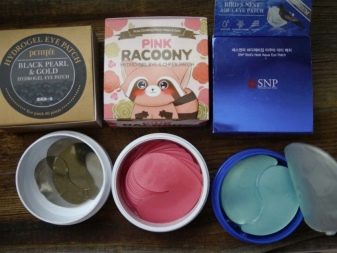

- To effectively cleanse the skin around the eyes before applying the patch, it is advised to treat it with a special tonic and micellar water. This is the most effective, albeit not particularly fast, way to cleanse the skin.
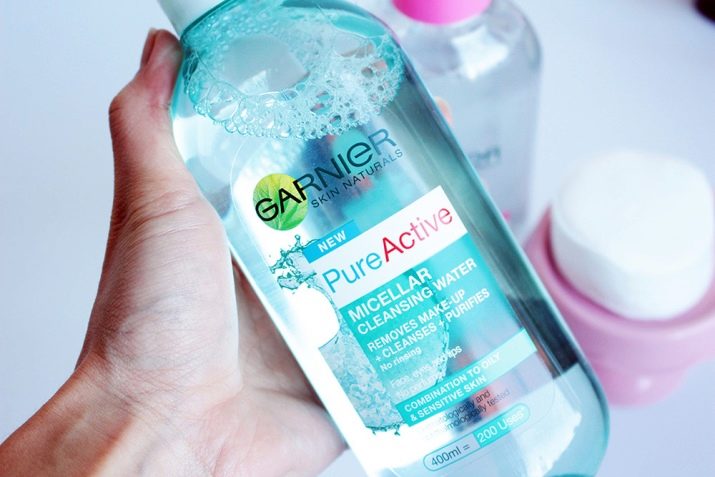
- Opened masks are advised to be used within a month after opening. - any mask has its own expiration date, which also needs to be specified at the time of purchase. In addition, patches are advised to be stored at temperatures from +5 to +25 degrees in a dry room, and also to avoid direct sunlight on the packaging with such products.
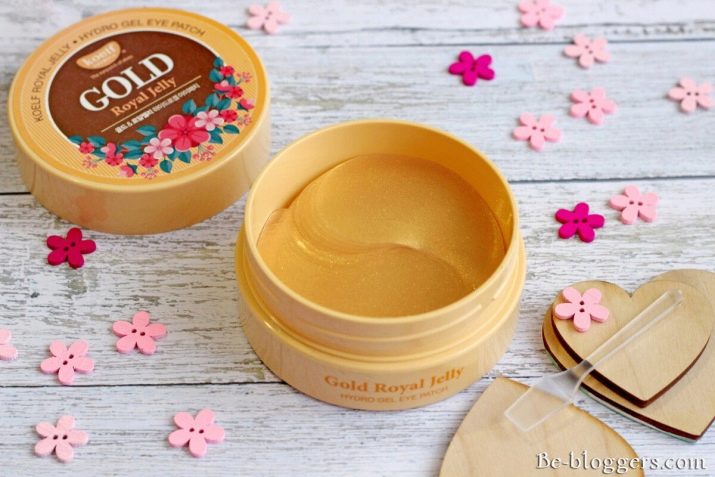
- Pay attention to factors such as the purpose of a particular patch model - some of them can be adapted only for the area under the eyes, but there are options that can be used effectively for the upper eyelid. In addition, you need to pay attention to the time of use of a certain model: there are morning, evening and universal pads and masks - the latter can be used at any time of the day.
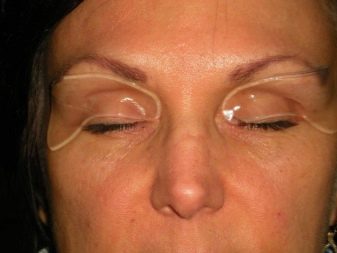

- If you just want to try out the effectiveness of patches, do not buy sets with 60 or more overlays - for the initial stage, there will be enough options with 10 patches.
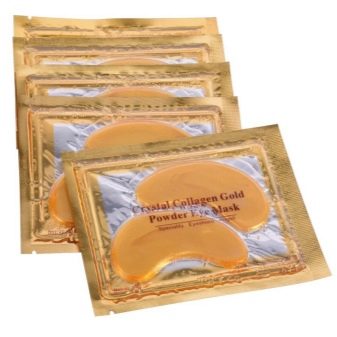

- Some patches may be targeted to solve only one problem - smoothing wrinkles, reducing puffiness or rejuvenating the skin.
Beginners are advised to choose universal complexes that have a complex effect on the skin near the eyes.
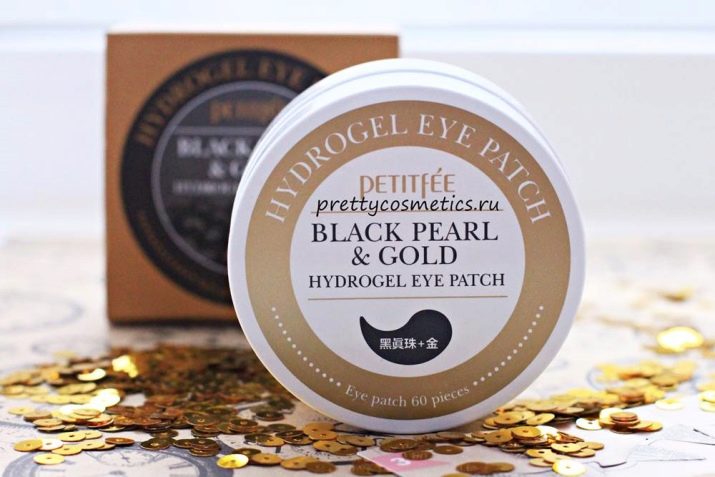
For information on how to use eye patches correctly, see the next video.








